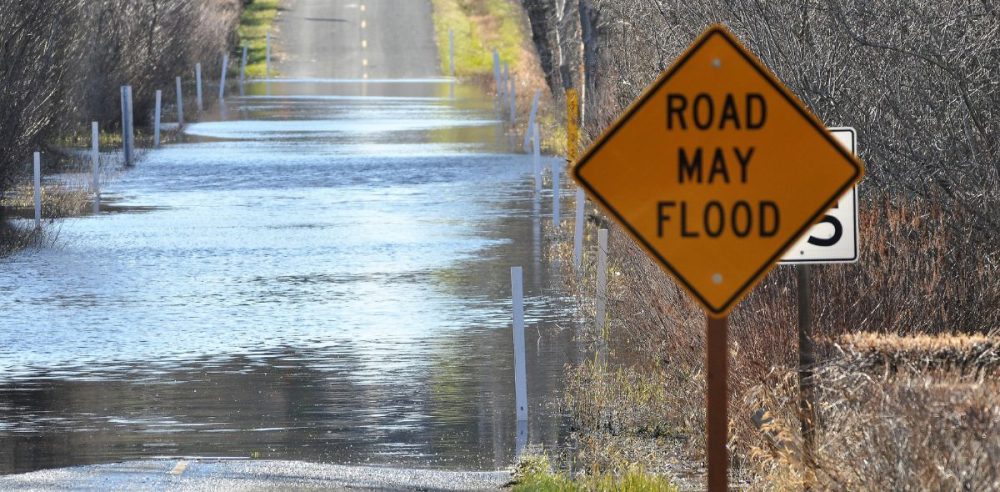(Texas Scorecard) – The Texas Water Development Board’s State Flood Plan, which is estimated to cost upwards of $50 billion, seeks to prevent and reduce flooding risks with solutions that are tailored to each flood region’s geographical needs.
Within the State Flood Plan, TWDB seems to be targeting solutions for specific regions by working with local government and regional flood planning groups. In the plan, over 4,000 different projects have been proposed, including both structural and non-structural solutions. The solutions range from a massive tunnel system for carrying stormwater away from flood prone neighborhoods to buyouts of properties in high-risk flood areas.
“These strategies are efforts to reduce flood risk while offering long-term environmental and economic benefits,” explained Texas Policy Research President Jeramy Kitchen in a recent report.
Although the TWDB has already committed over $643 million for flood related initiatives, they recommend that state lawmakers allocate a substantial increase in funds for these projects. The estimated cost of the State Flood Plan is upwards of around $50 billion dollars.
“Fully funding the flood plan would consume more than 15% of the state’s budget—compared to the less than 0.5% currently allocated for flood prevention,” Kitchen noted.
He explained that some will argue, using Hurricane Harvey as an example, that the requested investment is minimal compared to costs of flood related catastrophes.
“The damage caused by Harvey reached nearly $125 billion, far surpassing the cost of proactive flood prevention measures,” added Kitchen.
“Investing now could prevent similar catastrophic losses in the future.”
TWDB recommends the state go beyond just physical infrastructure, suggesting updates to stormwater design standards and encouraging the adoption of higher standards of building in flood zones by local governments.
“Public engagement is also seen as critical to the plan’s success,” Kitchen explained.
“Educating Texans about flood risks and ensuring they are prepared for future flood events is seen as key to minimizing the loss of life and property.”


